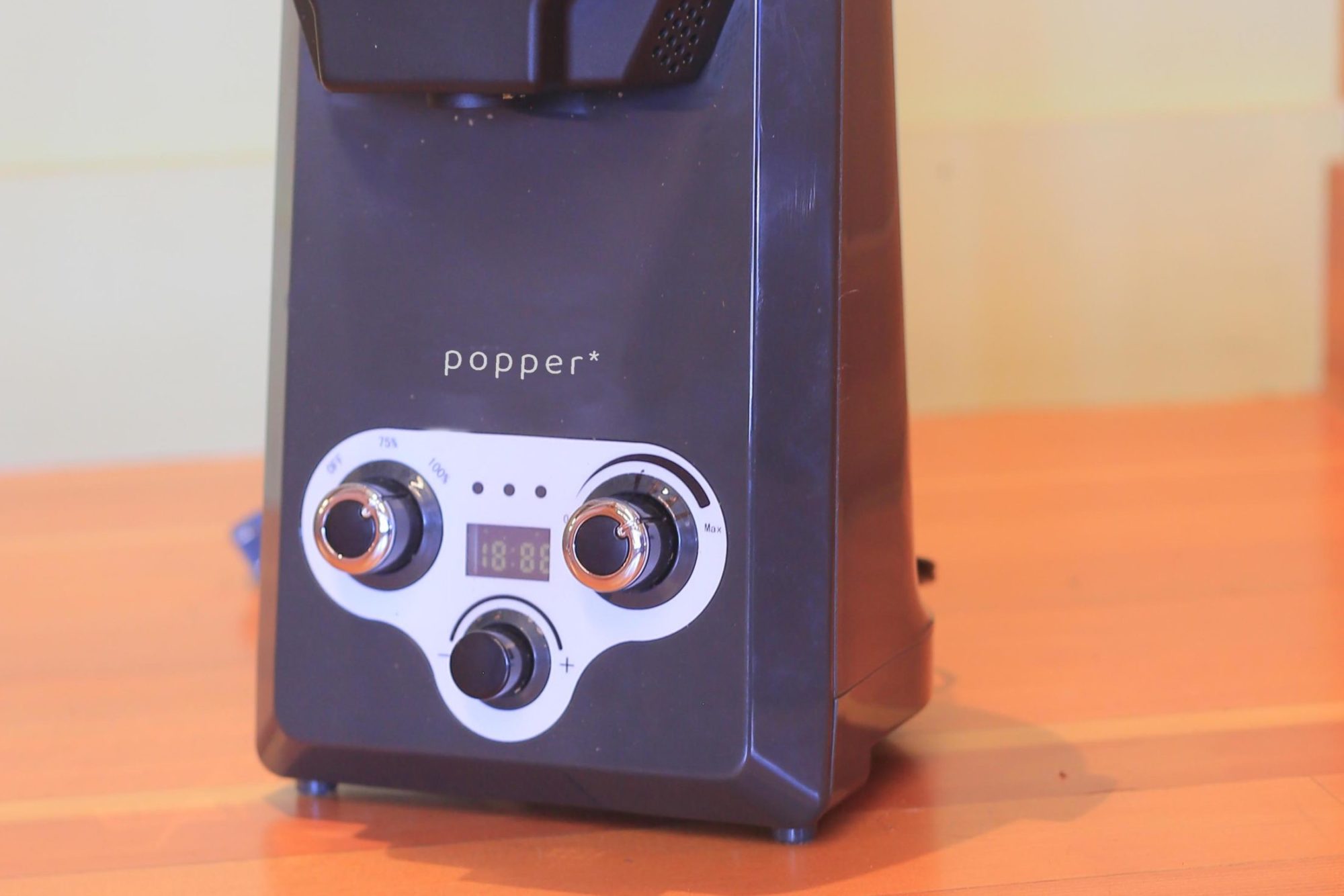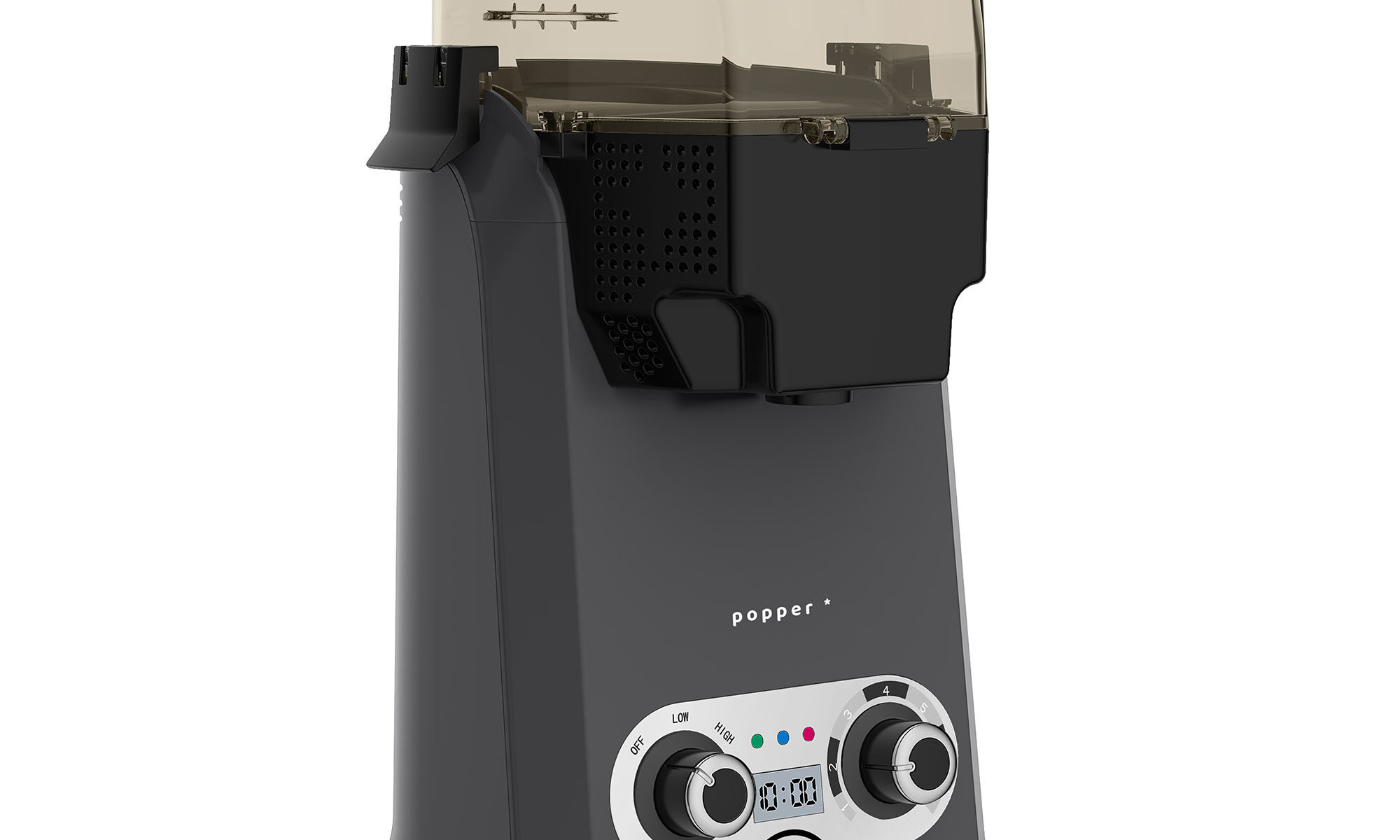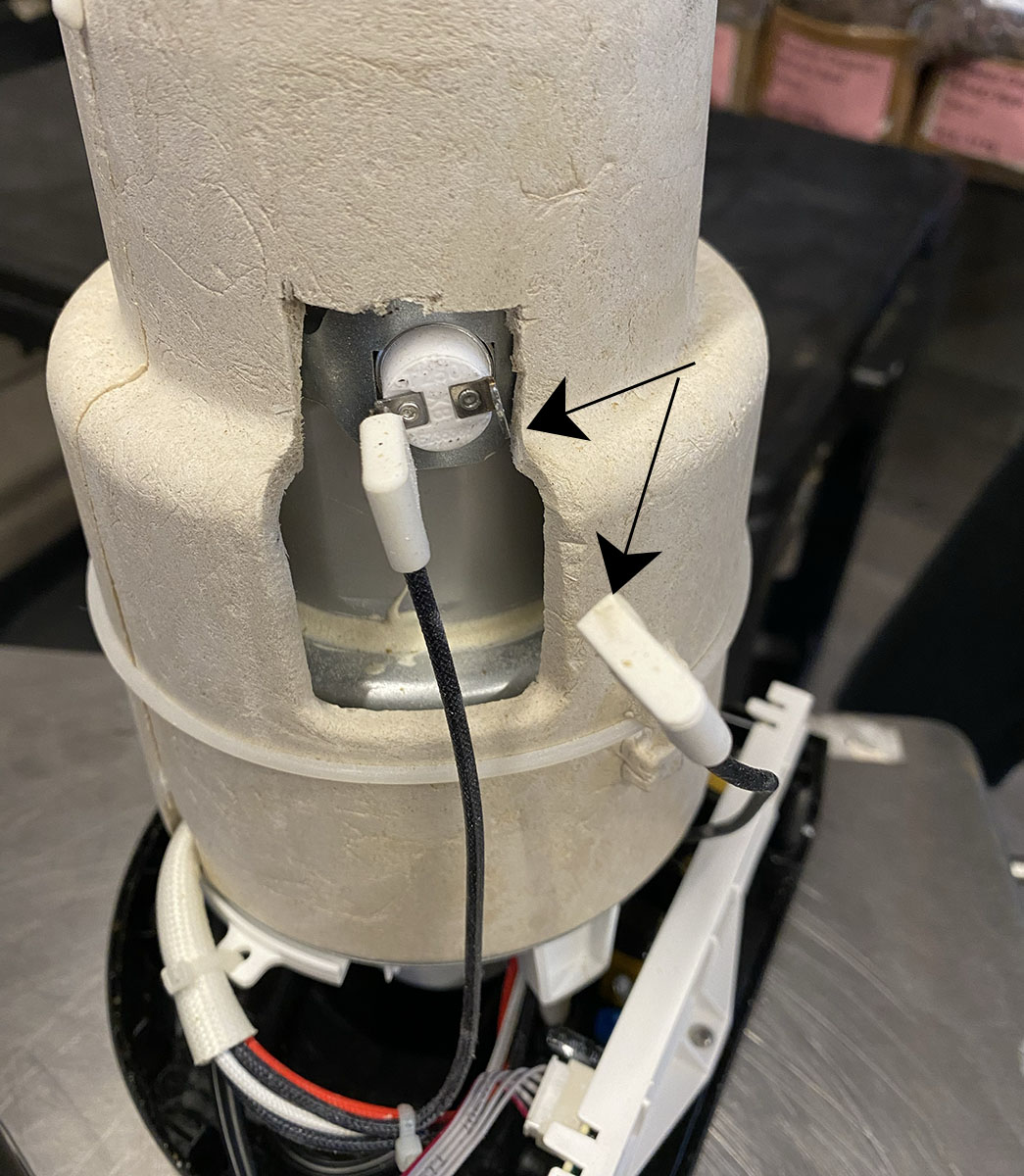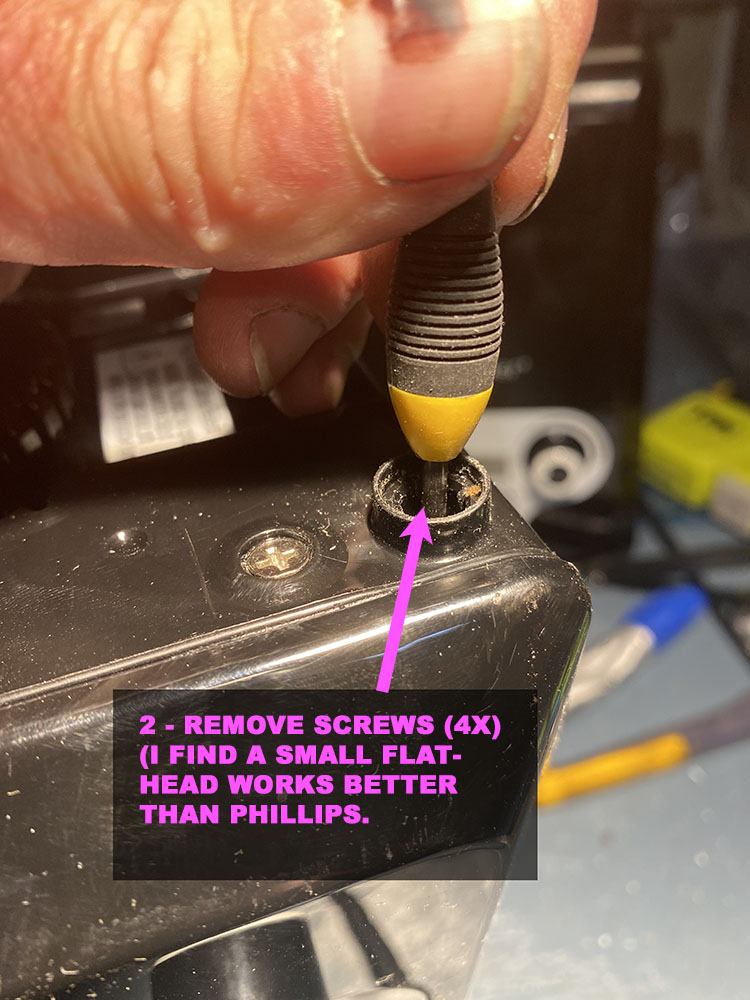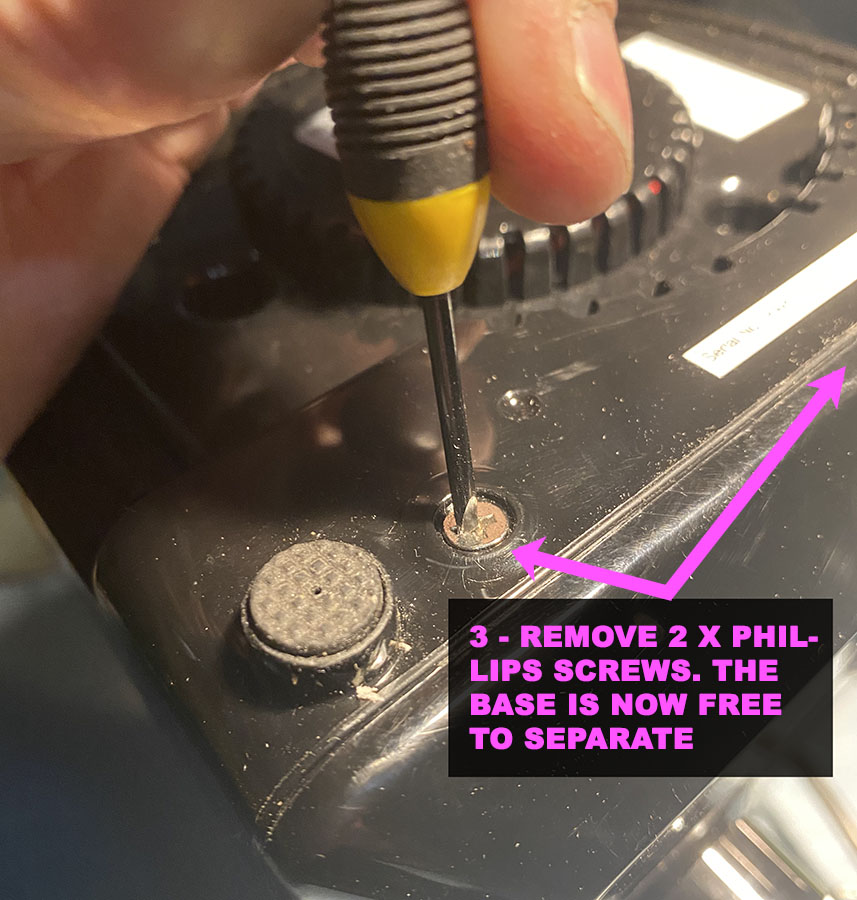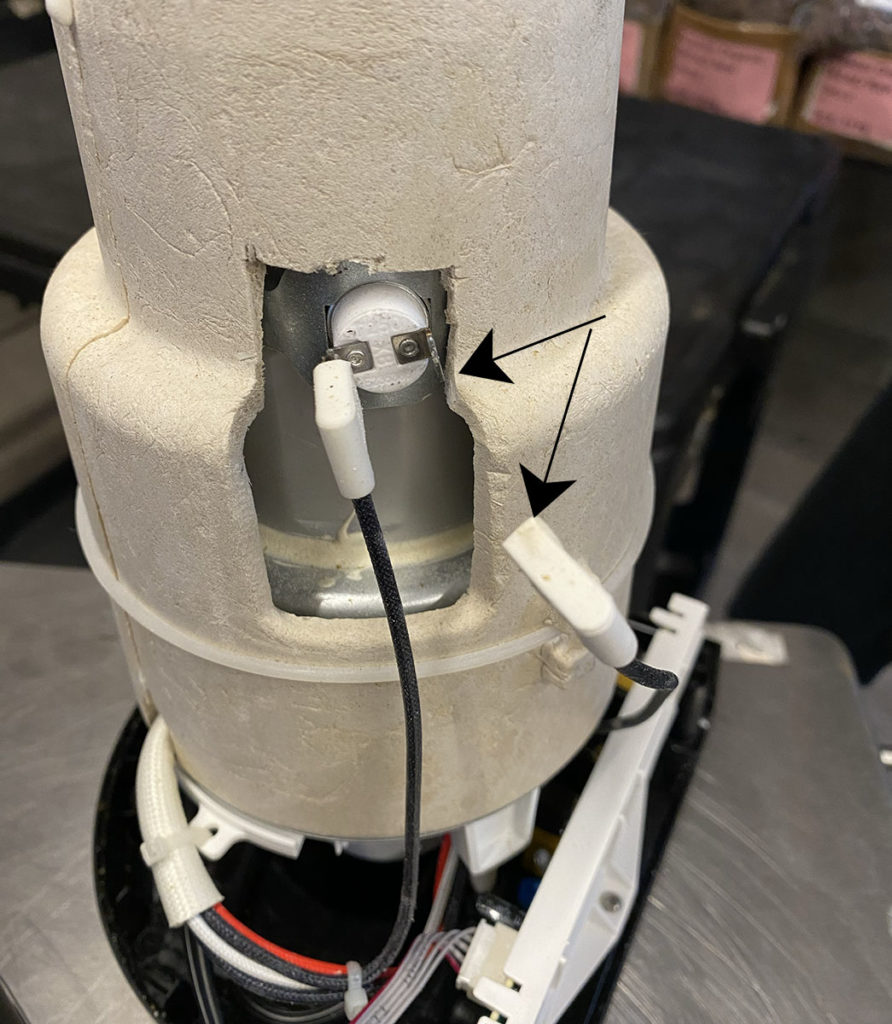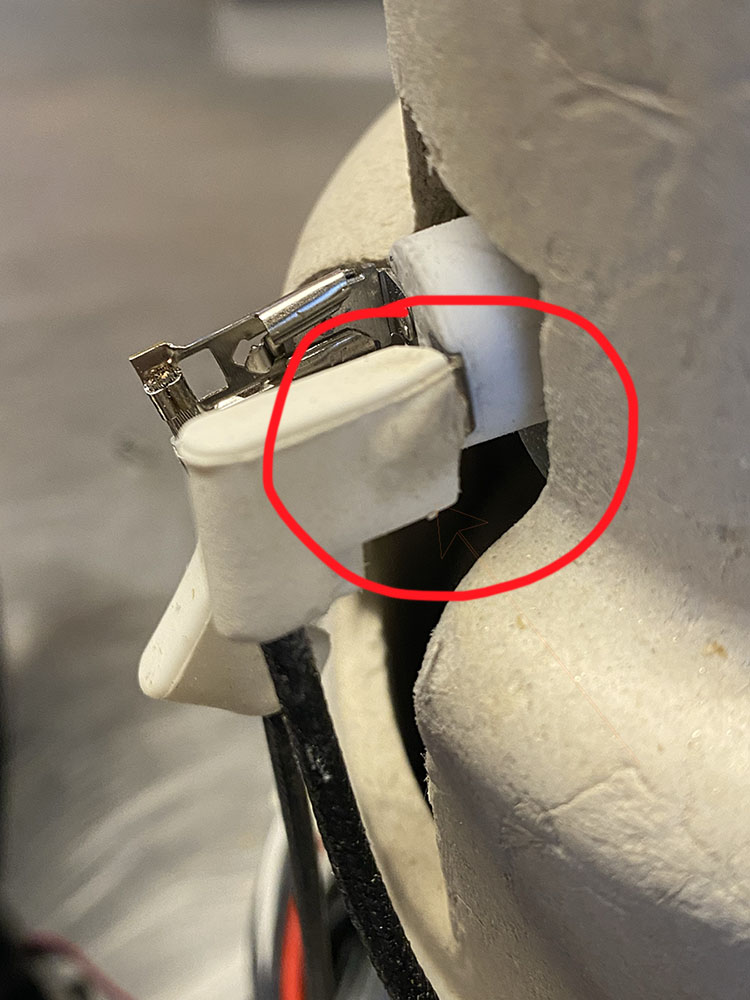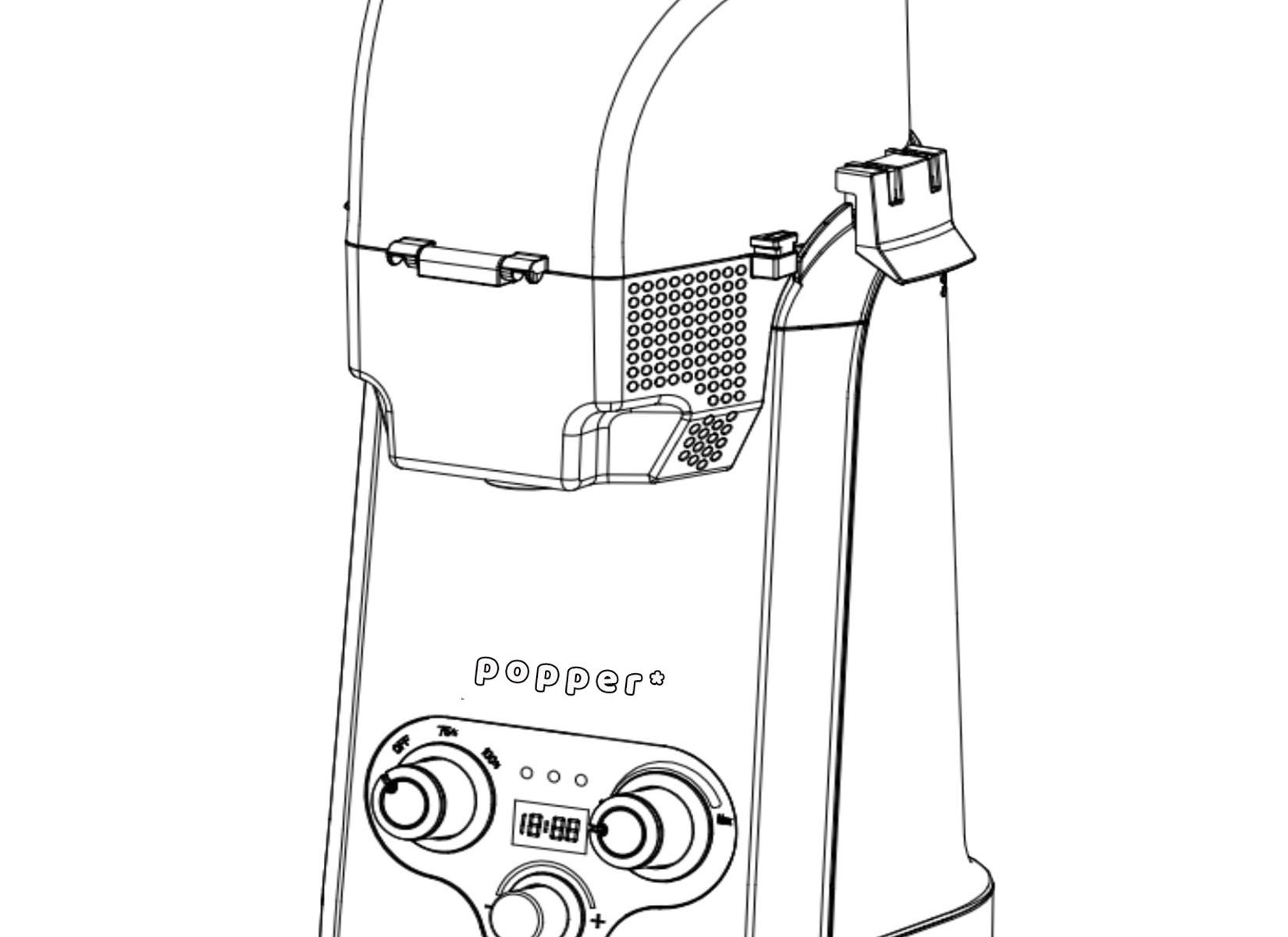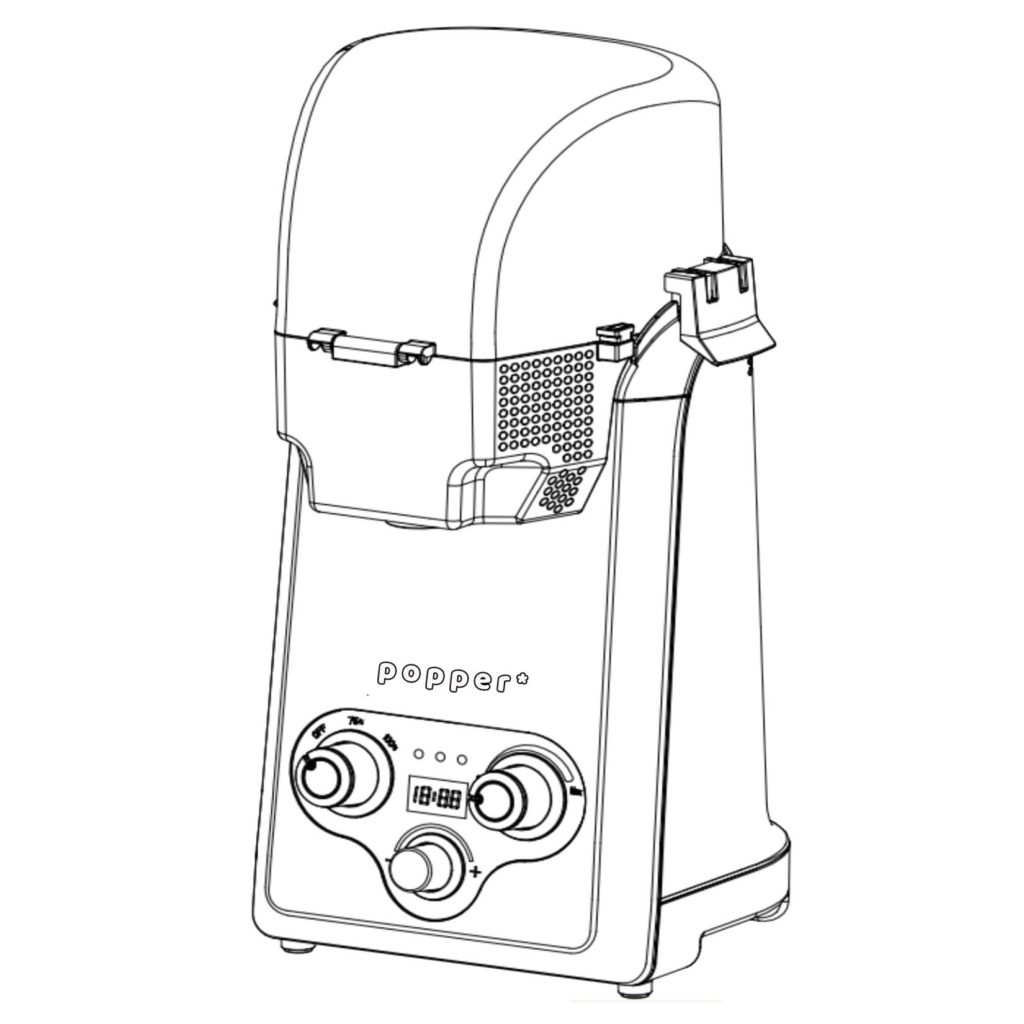Popper is a Coffee Roaster is Out of Stock … but an update is coming soon.
We have sold through all the inventory of Popper coffee roaster. The good news is there will be updates to a new version, with a focus on quality and consistency.
The goal is not to reinvent the machine, but to improve on what we have, and try to keep the price level in the same ballpark.
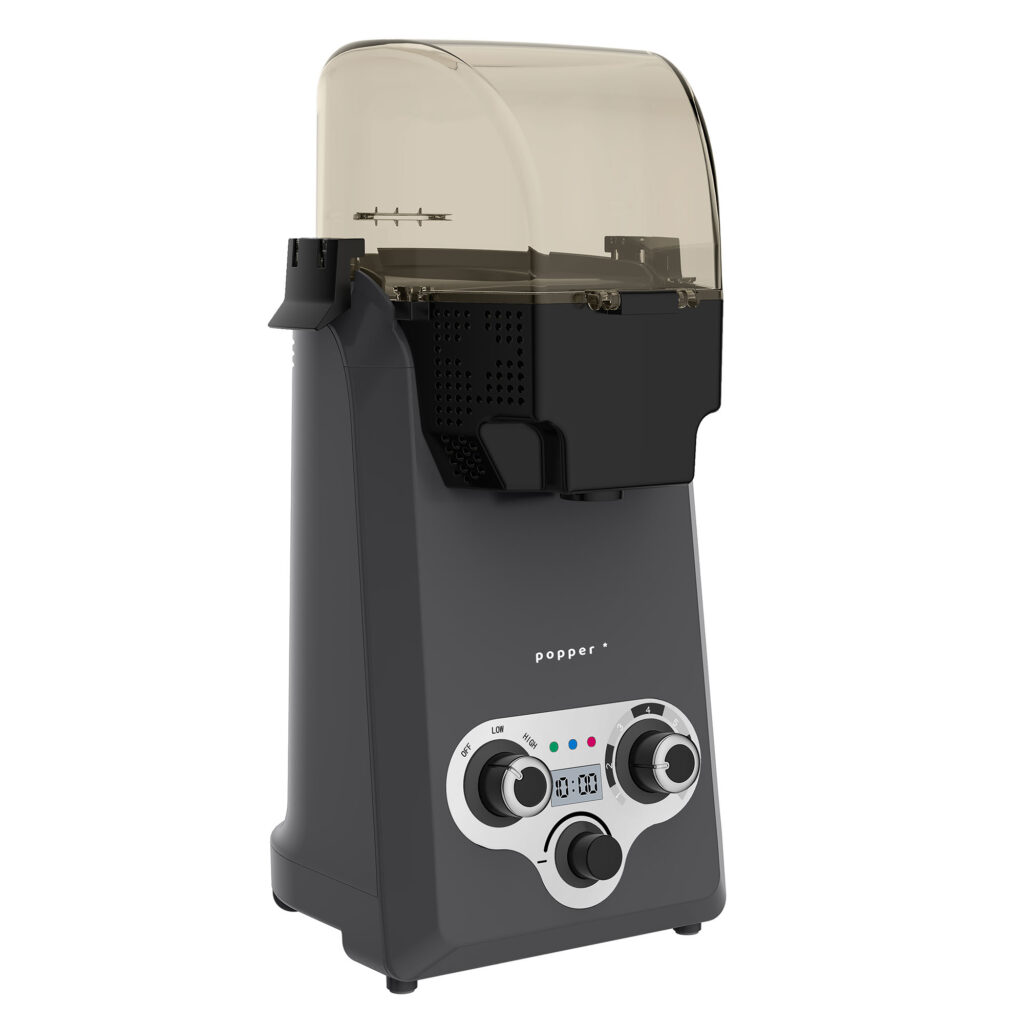
So many coffee roasters have crept higher and higher. It makes sense since all costs associated with making and shipping anything have risen. But Popper is unique because of the price level, and we want to do our best to maintain that.
Another concept we are considering is to calibrate and test every single unit here in the US before shipping. It will add cost for the labor, but it seems worth it to be sure people are receiving a per-checked, tested unit every single time. We don’t know any other maker that does this.
Changes will be modest, but include a heat dial where the full range of settings is useful, meaning there are more subtle changes possible in the stepped heat settings. The more durable motor with imported carbon brushes will provide longer service life. And increased air flow will mean more even roasts.
